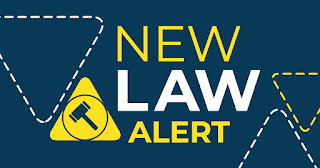Starting January 2, 2022, borrowers negotiating a loan modification have a right to a single point of contact at their lender.
On November 3, 2021, Governor Hochul signed BillS671 into law, which amends Section 6-o to the banking law, and starting on January 3, 2022, upon written request by the borrower, lenders will be required to provide borrowers with a single point of contact who must provide accurate account and other information related to the foreclosure process and loss mitigation efforts.
This is huge because many mortgage modifications are
functionally blocked by a lack of access to lenders rather than based upon
qualification criteria. As the foreclosure moratorium is coming to an end on
January 15, 2022 and a wave of foreclosures are about to hit New York State,
this is a needed law for borrowers, and their attorneys, to settle cases.












